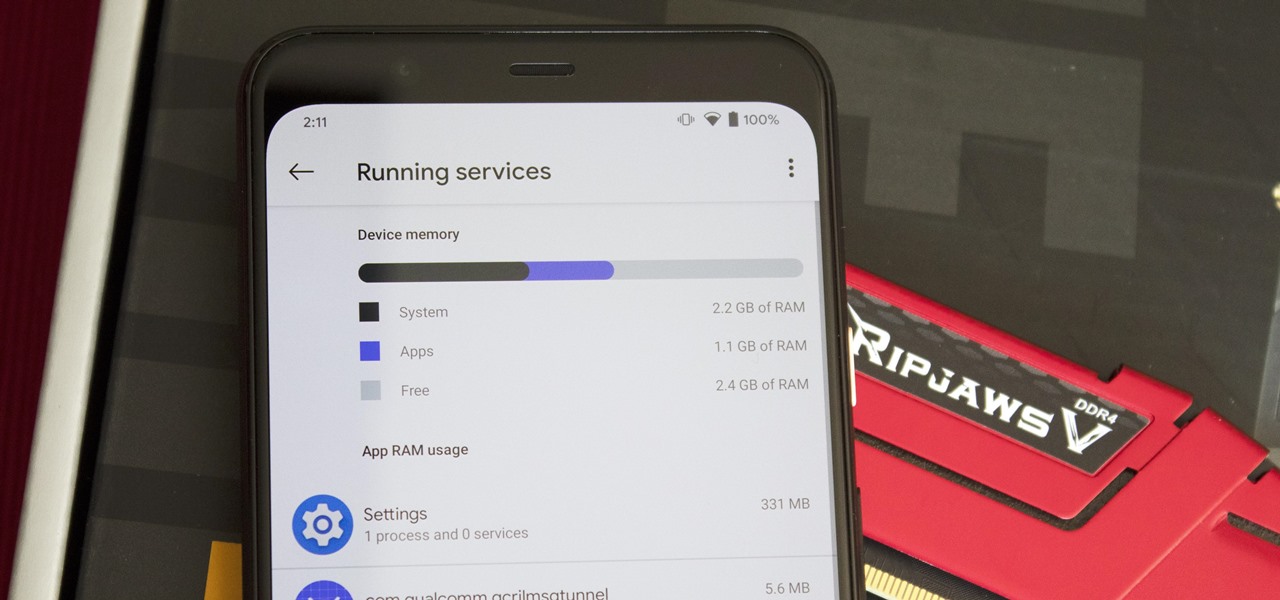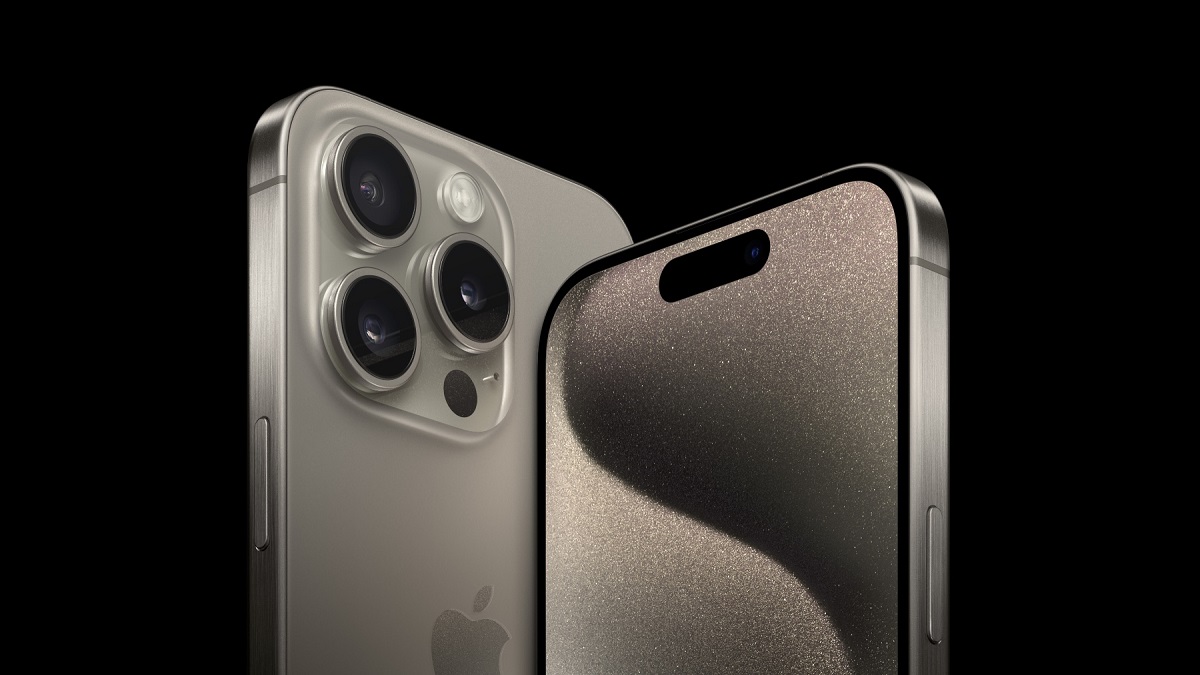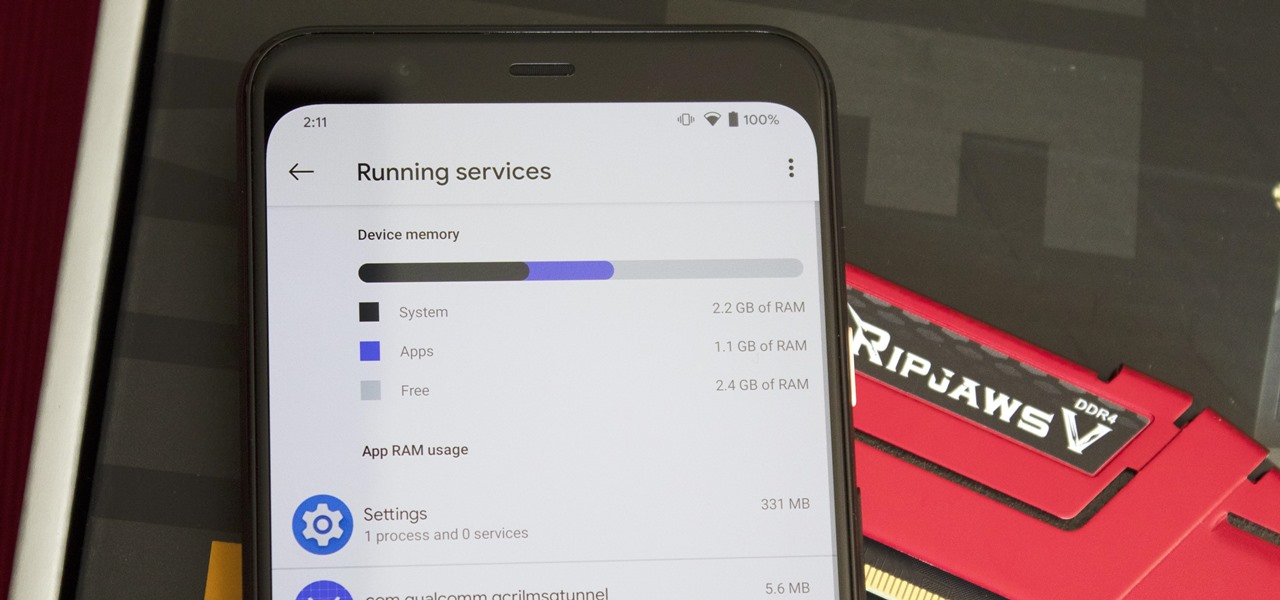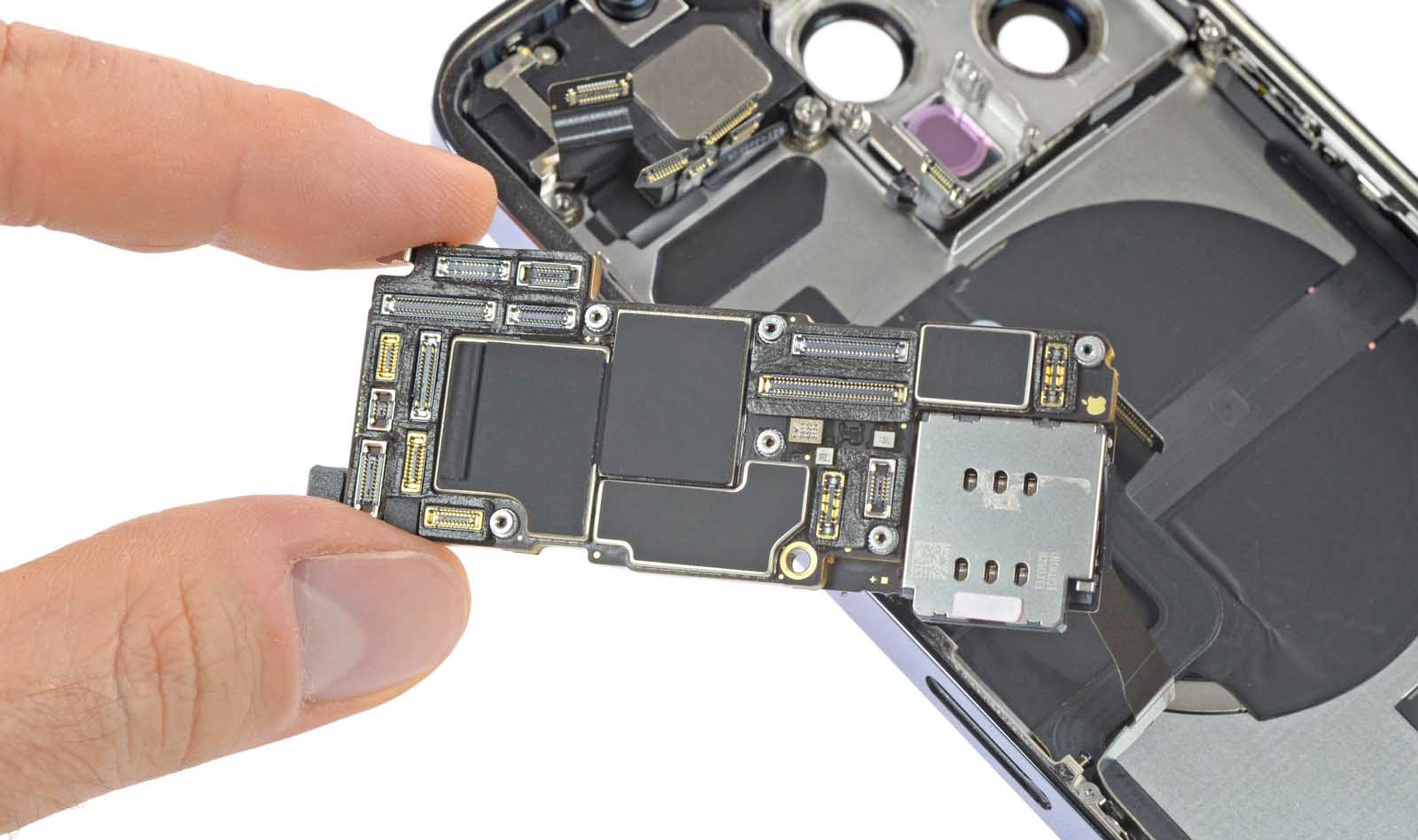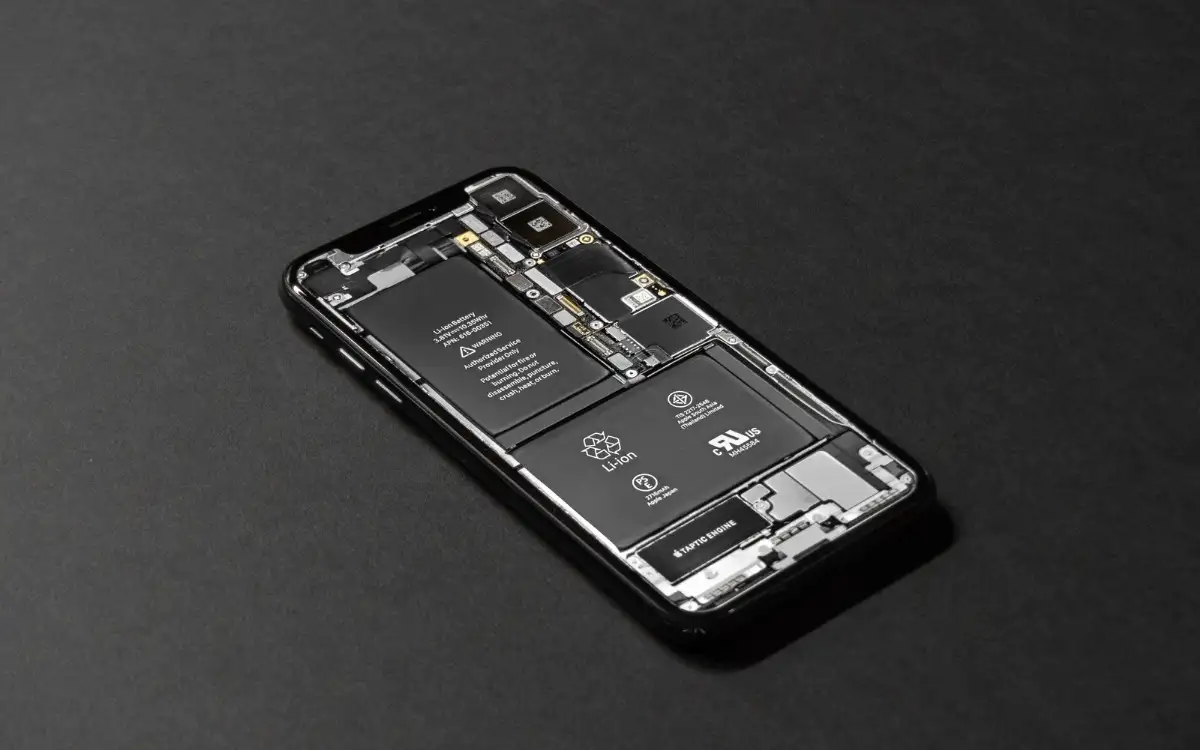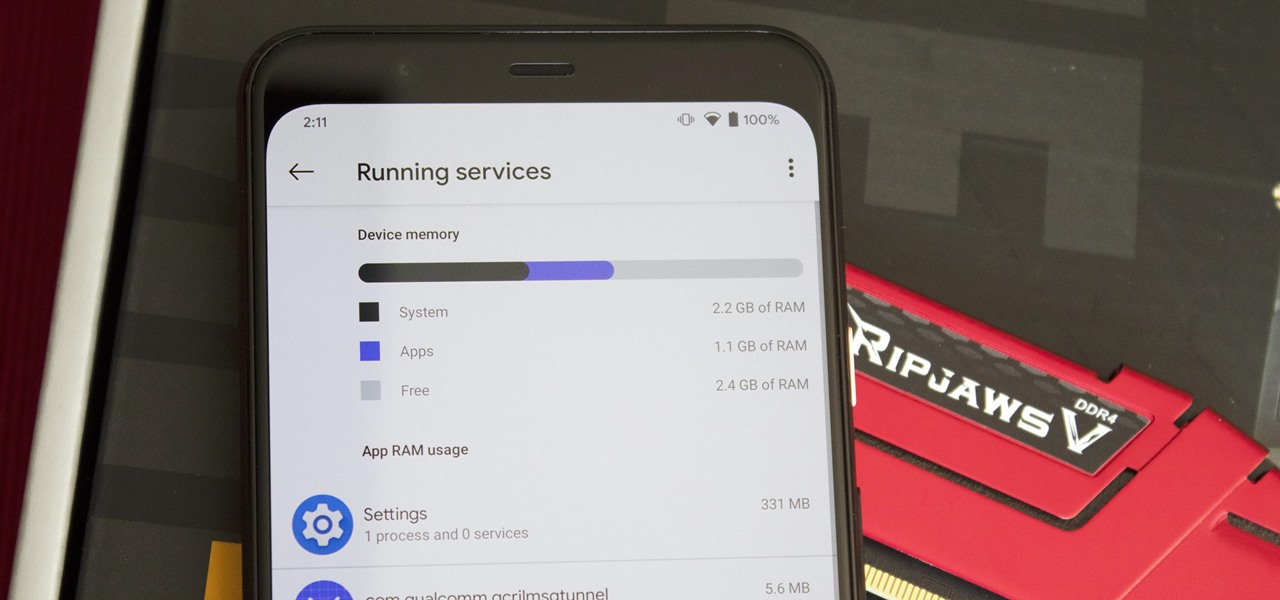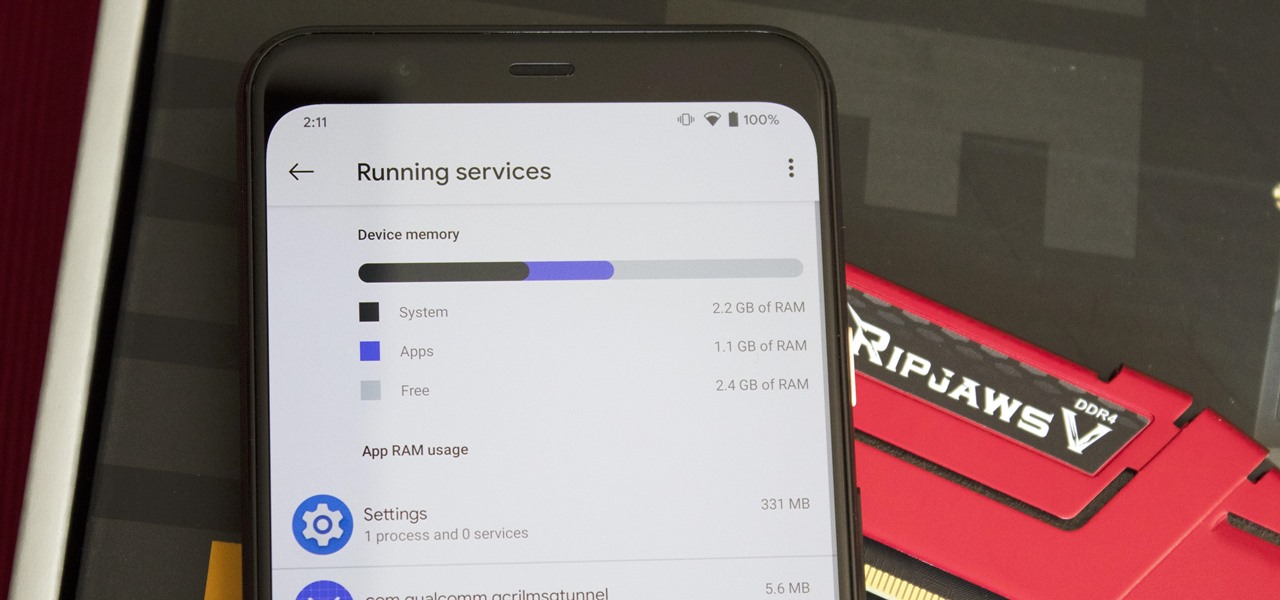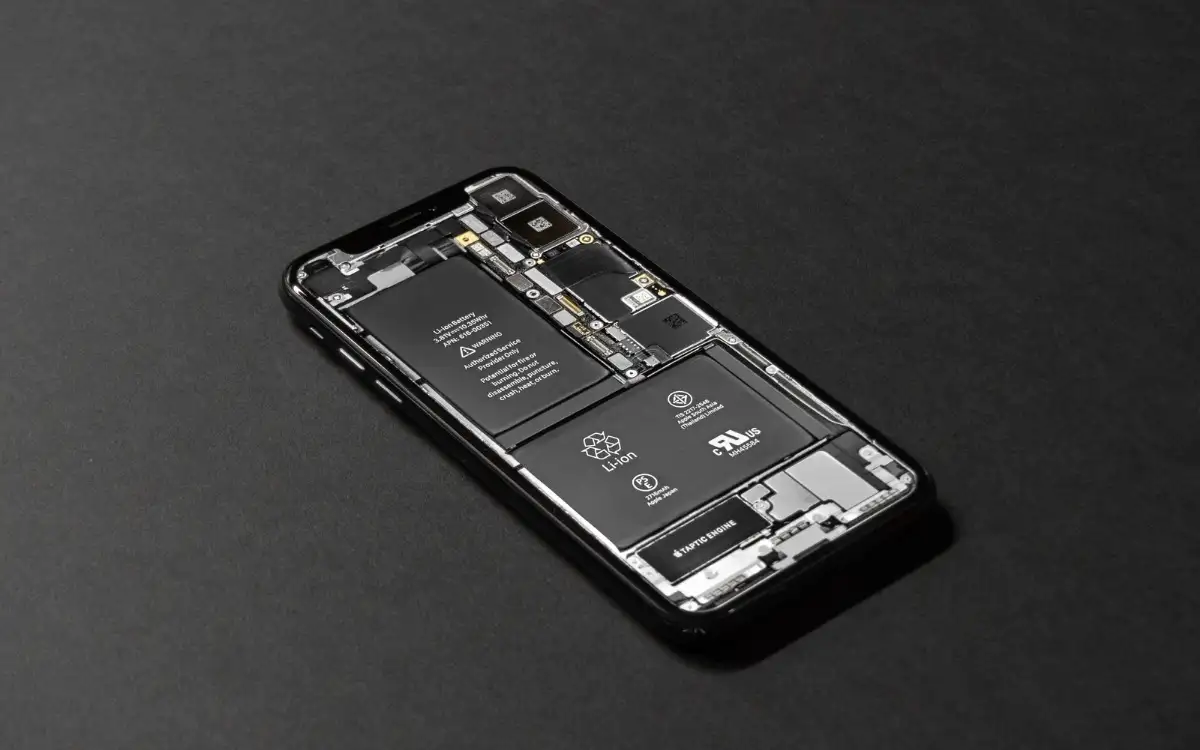Introduction
Welcome to the world of smartphones, where technology continues to advance at an exponential rate. With each new release, we are greeted with more powerful devices that can handle a plethora of tasks and make our lives easier. One important aspect to consider when purchasing a smartphone is the amount of RAM it has. But how do we know how much RAM our phone actually has? And why is it important to check it regularly? In this article, we will explore what RAM is, the importance of checking your phone’s RAM, and three methods you can use to do so.
Random Access Memory, or RAM, is a crucial component of any electronic device, including smartphones. It is responsible for temporarily storing and accessing data that is actively being used by the device’s operating system and applications. In simpler terms, RAM is like the short-term memory of your phone, allowing it to quickly access and manipulate data while you use various apps and multitask.
Checking your phone’s RAM can be crucial for a variety of reasons. Firstly, it allows you to verify if the advertised amount of RAM matches the actual hardware specifications of your device. Some manufacturers may misleadingly advertise higher RAM capacities, leading to disappointment when you realize your device has less than advertised. Secondly, monitoring your phone’s RAM usage can help identify potential performance issues. By regularly checking the RAM usage, you can determine if certain apps or processes are consuming excessive amounts of memory, which can cause slowdowns, lag, or even app crashes. Understanding your phone’s RAM usage can help optimize and manage resources effectively, ensuring a smoother and more efficient user experience.
Now that we understand the importance of checking our phone’s RAM, let’s delve into the various methods you can use to check it. The three methods we will explore are:
- Using Device Settings
- Using Third-Party Apps
- Using Developer Options
Each method offers its own advantages and may vary depending on the make and model of your phone. Let’s explore each method in detail to help you determine which one is most suitable for you.
What is RAM?
Before we dive into the importance of checking your phone’s RAM, let’s first understand what RAM is and how it functions within your smartphone. RAM, which stands for Random Access Memory, is a type of computer memory that allows data to be accessed randomly, regardless of its physical location.
In the context of smartphones, RAM serves as a temporary storage space for active data and processes. It differs from the internal storage of your phone, where you store photos, videos, apps, and other files. RAM is specifically designed to provide quick access to data that the phone’s operating system and applications need to work efficiently.
When you open an app on your phone, the operating system and app data is loaded into RAM so that it can be accessed and processed quickly. This allows for smooth multitasking and efficient performance. The amount of RAM available on a device determines how many apps and processes it can handle simultaneously without experiencing any lag or slowdowns.
RAM also plays a crucial role in determining the overall speed and responsiveness of your phone. With sufficient RAM, your device can execute tasks quickly and efficiently, allowing for seamless app switching, smooth gaming experiences, and faster loading times.
It is important to note that RAM is volatile memory, meaning its contents are erased when the power is removed. This is why you may notice that your phone slows down after a reboot, as all the data that was stored in RAM is cleared. However, this also means that RAM can be efficiently used to accommodate the changing needs of your device, as it can be quickly written and read.
Now that we have a basic understanding of what RAM is and how it functions, let’s explore why it is important to check your phone’s RAM regularly.
Importance of Checking Phone RAM
Checking your phone’s RAM regularly is an essential task for any smartphone user. It allows you to gain valuable insights into the performance and efficiency of your device. Here are a few key reasons why checking your phone’s RAM is important:
1. Ensure Advertised Specifications: One of the main reasons to check your phone’s RAM is to verify if the actual hardware matches the advertised specifications. Sometimes, manufacturers may advertise higher RAM capacities to attract buyers, but the device may have less RAM than stated. By checking the RAM yourself, you can confirm if the device aligns with what was promised, ensuring you get what you paid for.
2. Identify Performance Issues: Monitoring your phone’s RAM usage can help identify potential performance issues. If you notice that your phone constantly runs out of available RAM or experiences slowdowns during multitasking, it could be an indication that you need to manage your device’s resources more effectively. By regularly checking the RAM usage, you can identify memory-hungry apps or processes that may be consuming excessive amounts of RAM and causing performance bottlenecks.
3. Optimize Resource Allocation: Understanding your phone’s RAM usage allows you to optimize resource allocation and ensure efficient usage. By monitoring which apps or processes consume the most RAM, you can identify areas where you may need to make adjustments. For example, you may decide to close unnecessary background apps, clear cached data, or adjust app settings to reduce their memory footprint. Optimizing resource allocation can significantly improve the overall performance and responsiveness of your smartphone.
4. Enhance Gaming and Multitasking: Gaming and multitasking heavily rely on the available RAM. Games with high graphics and intensive processes require sufficient RAM to run smoothly. By checking your phone’s RAM, you can determine if your device has enough memory to handle demanding games and multitasking scenarios. Upgrading the RAM or managing existing resources better can enhance your gaming experience and allow for seamless multitasking without frequent app reloads or system lag.
5. Stay Informed: Checking your phone’s RAM usage regularly keeps you informed about the status of your device’s memory. It allows you to be proactive in managing your phone’s resources, preventing potential issues and ensuring a smooth user experience. Being aware of your device’s RAM usage empowers you to take necessary actions to optimize performance, troubleshoot problems, and make informed decisions for future app installations or upgrades.
By understanding the importance of checking your phone’s RAM, you can take control of your device’s performance and make informed decisions to optimize its efficiency. In the following sections, we will explore three methods you can use to check your phone’s RAM.
Method 1: Using Device Settings
Checking your phone’s RAM usage using the device settings is a straightforward method that works on most Android devices. Here are the steps to follow:
Step 1: Open the Settings app on your Android device. You can usually find it in the app drawer or by swiping down from the top of the screen and tapping the gear icon.
Step 2: Scroll down and look for the “About phone” or “About device” option. Tap on it to access the device information.
Step 3: In the device information menu, you should see an option labeled “Memory” or “Memory usage.” Tap on it to open the RAM usage details.
Step 4: On the RAM usage screen, you will find information about the total amount of RAM on your device and the amount currently in use. It may also show a breakdown of RAM usage by different apps or processes.
By following these steps, you can quickly check the amount of RAM your device has and how much is currently being utilized. This information can help you understand the overall memory usage of your device and identify any potential issues related to RAM consumption.
It’s important to note that the exact location of the RAM usage information may vary slightly depending on the make and model of your Android device. Manufacturers often customize the settings menu, so it’s a good idea to consult your device’s user manual or search online for specific instructions if you’re having trouble finding the RAM usage details.
The device settings method provides a native and reliable way to check your phone’s RAM usage without the need for any third-party applications. It is convenient and readily available on most Android devices, making it a go-to method for many users.
In the next section, we will explore another method to check your phone’s RAM using third-party apps.
Method 2: Using Third-Party Apps
If you prefer a more detailed and user-friendly approach to check your phone’s RAM, using third-party apps is a viable option. Numerous apps are available on the Google Play Store that provide comprehensive insights into your device’s memory usage. Here’s how you can use third-party apps to check your phone’s RAM:
Step 1: Open the Google Play Store on your Android device.
Step 2: In the search bar, type in “RAM usage” or “Memory usage”. There are several popular apps to choose from, such as “CPU-Z,” “AIDA64,” or “System Monitor”.
Step 3: Select a suitable app from the search results and install it on your device.
Step 4: Once installed, open the app and navigate to the RAM or Memory section. Here, you will find detailed information about your device’s RAM usage, including total RAM, free RAM, and usage breakdown by apps and processes.
Third-party apps often provide additional features and functionality beyond just checking RAM usage. Some apps may include CPU monitoring, battery status, and device temperature. These additional features can give you a holistic view of your device’s performance and help you identify potential issues that may be affecting RAM usage.
It is important to note that when using third-party apps to check RAM usage, always choose reputable apps from trusted developers. Read user reviews and check app ratings to ensure you are downloading a reliable and safe application. Additionally, be mindful of granting permissions to these apps, as some may require access to sensitive information. Always review and understand the permissions requested by the app before granting access.
The advantage of using third-party apps to check your phone’s RAM is the ability to access more detailed information and visualization of RAM usage. These apps may offer real-time monitoring, historical data, and customizable alerts to keep you informed about your device’s memory status. However, keep in mind that using additional apps can consume some resources and may slightly impact overall performance.
In the next section, we will explore an alternative method to check your phone’s RAM using the developer options.
Method 3: Using Developer Options
For those who are comfortable accessing advanced settings on their Android device, using the developer options is another method to check your phone’s RAM. The developer options provide additional tools and features that can be useful for troubleshooting and performance monitoring. Here’s how you can use developer options to check your phone’s RAM:
Step 1: Open the Settings app on your Android device.
Step 2: Scroll down and tap on the “About phone” or “About device” option.
Step 3: Look for the “Build number” or “Build version” option and tap on it multiple times (typically 7 times) consecutively. This will enable the developer options on your device.
Step 4: Go back to the main settings menu, and you should now see a new option called “Developer options”. Tap on it to access the developer settings.
Step 5: Scroll down and find the “Memory” or “Memory usage” option. Tap on it to view the RAM details.
Within the developer options, you can find a wealth of information about your device’s memory usage. The RAM section will display details such as the total RAM available, the RAM currently in use, and a breakdown of RAM consumption by individual apps and system processes.
It’s important to note that accessing the developer options requires advanced knowledge and can have consequences if not used responsibly. Make sure to only modify settings that you fully understand and be cautious of any changes you make. Enabling developer options won’t cause any harm to your device, but modifying settings without proper knowledge can result in unintended consequences.
By using the developer options, you can gather detailed insights into your phone’s RAM usage without the need for third-party apps. It is a native feature available on most Android devices and offers a convenient way to access various system-related information.
Now that you are familiar with three different methods to check your phone’s RAM, let’s explore why it is crucial to check your phone’s RAM regularly.
Why Should You Check Phone RAM Regularly?
Regularly checking your phone’s RAM is an important practice that can greatly benefit your device’s performance and user experience. Here are several reasons why you should make it a habit to check your phone’s RAM regularly:
1. Optimize Performance: By monitoring your phone’s RAM usage, you can identify any apps or processes that are consuming excessive memory. This allows you to optimize resource allocation and ensure that your device is running efficiently. By closing unnecessary or memory-intensive apps, you can free up RAM and improve overall performance.
2. Prevent Lag and Slowdowns: Running out of available RAM can lead to lag, slow response times, and app crashes. Regularly checking your phone’s RAM usage enables you to identify any memory bottlenecks and take action to prevent these issues. By managing your device’s resources effectively, you can ensure smoother operation and a more enjoyable user experience.
3. Extend Battery Life: Excessive RAM usage can contribute to increased battery drain. When apps and processes consume a significant amount of memory, they require more processing power, which in turn consumes more battery. By monitoring your phone’s RAM and closing unnecessary apps or processes, you can conserve battery life and improve overall efficiency.
4. Identify Memory-Hungry Apps: Regularly checking your phone’s RAM usage allows you to pinpoint which apps are consuming the most memory. This is especially helpful if you have limited RAM and want to ensure that memory-intensive apps are not causing performance issues. By identifying these apps, you can either optimize their settings, find alternative lightweight apps, or consider upgrading your device’s RAM if necessary.
5. Plan for App Installations: Checking your phone’s RAM can give you an indication of the available memory before installing new apps. This is particularly relevant if you have a device with limited RAM capacity. By knowing how much free RAM you have, you can make informed decisions about which apps to install without overwhelming your device’s memory capacity.
6. Troubleshoot Performance Issues: If you experience frequent slowdowns, crashes, or other performance issues, checking your phone’s RAM can help you identify potential causes. High RAM usage can be an indication of memory leaks, poorly optimized apps, or other underlying issues. By understanding your device’s RAM usage patterns, you can troubleshoot and resolve performance problems more effectively.
In summary, regularly checking your phone’s RAM is crucial for optimizing performance, preventing lag, extending battery life, and identifying memory-hungry apps. It allows you to make informed decisions about resource management, troubleshoot performance issues, and ensure a smooth user experience. By understanding and monitoring your device’s RAM usage, you can keep your smartphone running at its best.
Conclusion
Checking your phone’s RAM is an essential practice for any smartphone user who wants to optimize performance, enhance multitasking capabilities, and prevent unnecessary slowdowns. Through the three methods discussed in this article – using device settings, third-party apps, and developer options – you can easily check your phone’s RAM and gain valuable insights into its memory usage.
By verifying the advertised specifications, identifying performance issues, optimizing resource allocation, and enhancing gaming and multitasking experiences, regularly checking your phone’s RAM gives you the power to take control of your device’s performance. It allows you to efficiently manage resources, troubleshoot problems, and make informed decisions regarding app installations or upgrades.
Remember, RAM is a crucial component of your smartphone, acting as its short-term memory, and monitoring its usage helps ensure efficient operation. Whether you choose to use the device settings, third-party apps, or developer options, regularly checking your phone’s RAM empowers you to optimize performance, extend battery life, identify memory-hungry apps, and troubleshoot performance issues.
So, take the time to explore the RAM monitoring methods mentioned in this article and incorporate regular checks into your smartphone maintenance routine. By doing so, you can maximize your device’s potential and enjoy a smoother and more efficient user experience.







